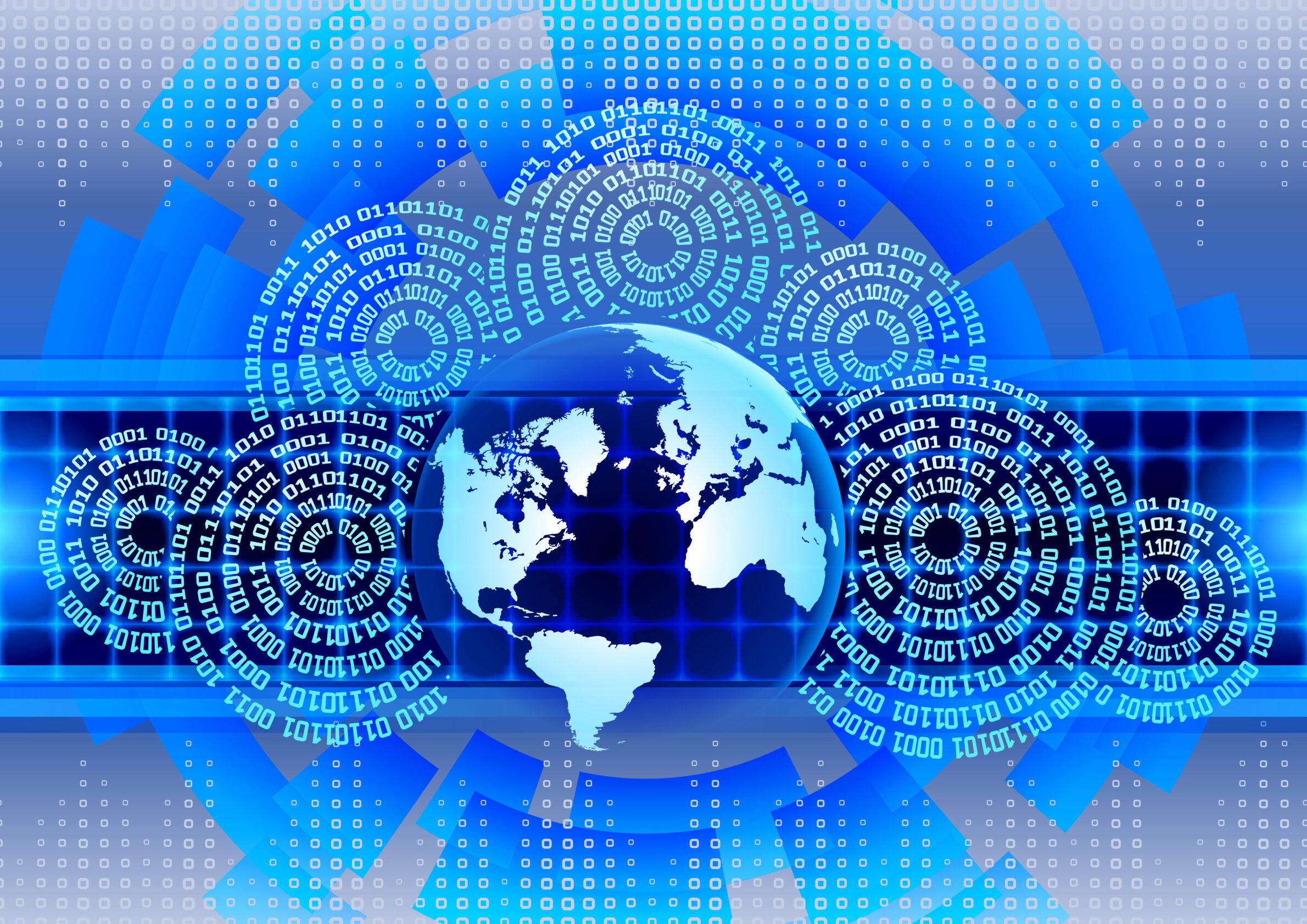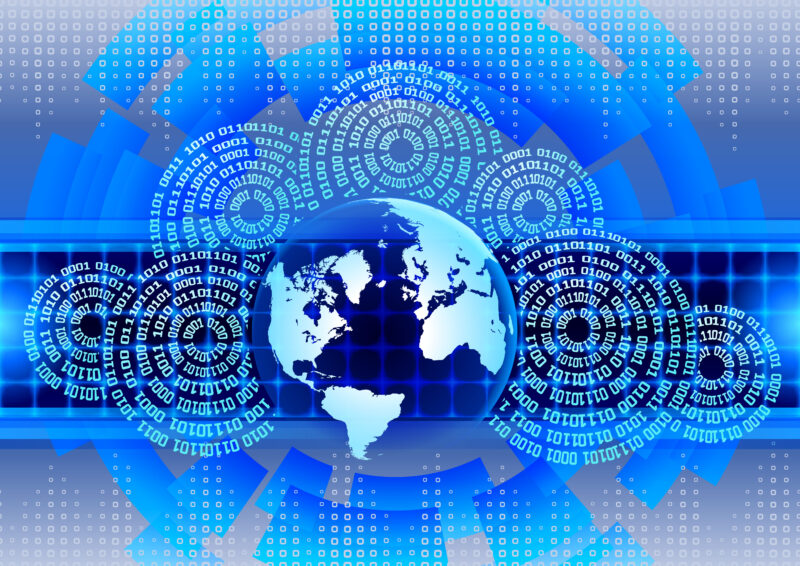We continue our series of articles on drone technology with effective data management.
In recent years, the utilization of drones has skyrocketed across various industries, revolutionizing the way businesses operate and gather valuable data. Drones equipped with advanced sensors and cameras offer a bird’s-eye view, capturing high-resolution images, videos, and other sensory data.
However, managing the vast amounts of data collected by drones can be a daunting task. In this article, we will explore how to effectively manage drone data to derive meaningful insights and unlock the full potential of aerial data.

DATA CAPTURE
AND
ORGANIZATION
The first step in managing drone data is to establish a structured approach to data capture and organization. Properly documenting and categorizing each data collection mission ensures easy retrieval and prevents data loss. Here are some key considerations:
Flight Planning and Metadata: Plan each drone flight carefully, specifying the area of interest and objectives. Capture essential metadata such as date, time, location, altitude, and flight parameters to provide context to the data.
File Naming Conventions: Develop a consistent file naming convention that includes relevant information, such as the mission name, date, and location. This practice simplifies data management, enhances searchability, and facilitates version control.
Storage and Backup: Establish a secure and scalable storage system capable of handling large datasets. Cloud-based solutions offer flexibility, accessibility, and automated backup, minimizing the risk of data loss or hardware failure.
Raw drone data often requires processing and analysis to extract valuable insights. This step involves transforming the collected data into a usable format and leveraging various analytical techniques. Consider the following approaches:
Image and Video Processing: Drones capture vast amounts of visual data, which can be processed using computer vision techniques. Automated image stitching, object recognition, and feature extraction algorithms enable efficient analysis of large aerial datasets.
Data Fusion and Integration: Combine drone data with other relevant geospatial datasets, such as satellite imagery or GIS (Geographic Information System) data. Integrating multiple data sources enhances the richness and accuracy of the insights derived.
Machine Learning and Artificial Intelligence: Implement machine learning algorithms to automatically analyze drone data. This allows for the identification of patterns, anomalies, and predictive modelling, enabling proactive decision-making and efficient resource allocation.

DATA
PROCESSING
AND ANALYSIS

DATA VISUALIZATION AND REPORTING
Effectively communicating drone data insights is essential for decision makers and stakeholders. Visualization techniques help convey complex information in an easily understandable manner. Consider the following visualization and reporting strategies:
Geographic Information System (GIS) Visualization: Utilize GIS platforms to visualize drone data on maps, allowing for spatial analysis and intuitive data exploration. Overlaying different layers, such as land use, infrastructure, or topography, provides comprehensive insights.
Interactive Dashboards: Develop interactive dashboards that display key performance indicators, trends, and real-time data updates. This enables stakeholders to interact with the drone data, perform custom queries, and gain immediate insights.
Reports and Presentations: Prepare comprehensive reports and presentations that highlight key findings, trends, and recommendations. Visual aids, such as charts, graphs, and images, help convey the impact and significance of the drone data analysis.
DATA SECURITY AND COMPLIANCE
Given the sensitive nature of data collected by drones, ensuring data security and compliance with regulations is crucial. Consider the following measures:
Encryption and Access Control: Implement robust encryption protocols to protect the data during storage and transmission. Establish access control mechanisms to limit data access to authorized personnel.
Privacy and Legal Compliance: Comply with relevant privacy laws and regulations when collecting and processing drone data, especially if it involves personal or sensitive information. Obtain necessary permissions and consent if required.
Data Retention Policies: Develop data retention policies to determine the duration for which drone data should be stored. Periodically review and delete obsolete or unnecessary data to optimize storage resources and minimize potential risks.

CONCLUSION: EFFICIENT DATA MANAGEMENT IS ESSENTIAL
Effectively managing drone data is paramount to harnessing the power of aerial insights. By establishing efficient data capture, organization, processing, visualization, and complying with data security measures, businesses and industries can unlock the full potential of drone data. With proper management, drone data empowers decision-makers with valuable information, leading to enhanced efficiency, improved planning, and a competitive edge in today’s data-driven world.
Follow us on LinkedIn to make sure you don’t miss our next editions on drones.
Visite our Drones page in the Digital Solutions section.


 Australia
Australia  Brazil
Brazil  Chile
Chile  China
China  Columbia
Columbia  Denmark
Denmark  Egypt
Egypt  France
France  India
India  Indonesia
Indonesia  Ireland
Ireland  Italy
Italy  Malaysia
Malaysia  New Zealand
New Zealand  Norway
Norway  Panama
Panama  Peru
Peru  Poland
Poland  Portugal
Portugal  Saudi Arabia
Saudi Arabia  Singapore
Singapore  Spain
Spain  South Korea
South Korea  Sweden
Sweden  Taiwan
Taiwan  Thailand
Thailand  Türkiye
Türkiye  United Kingdom
United Kingdom  United States
United States  Vietnam
Vietnam